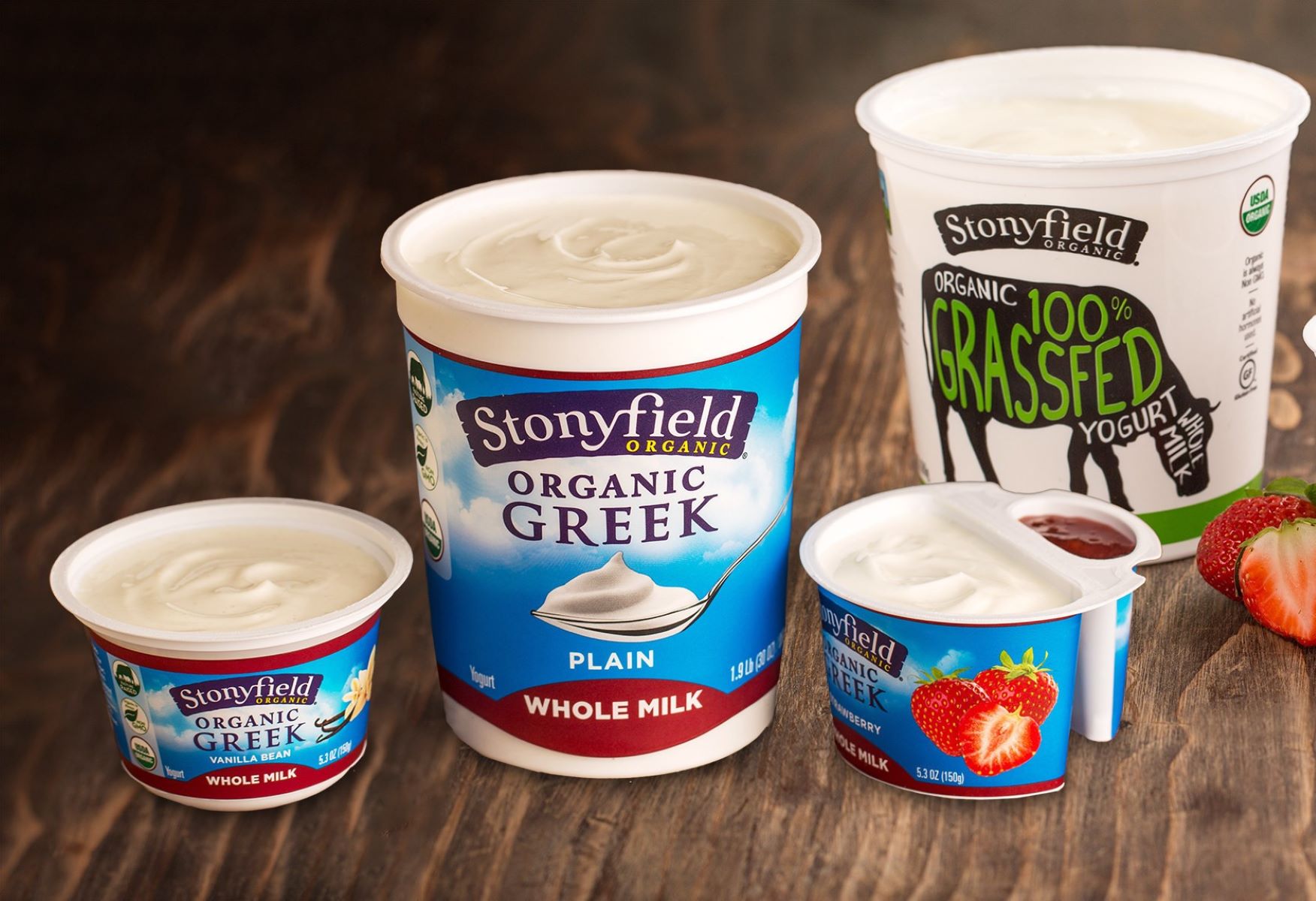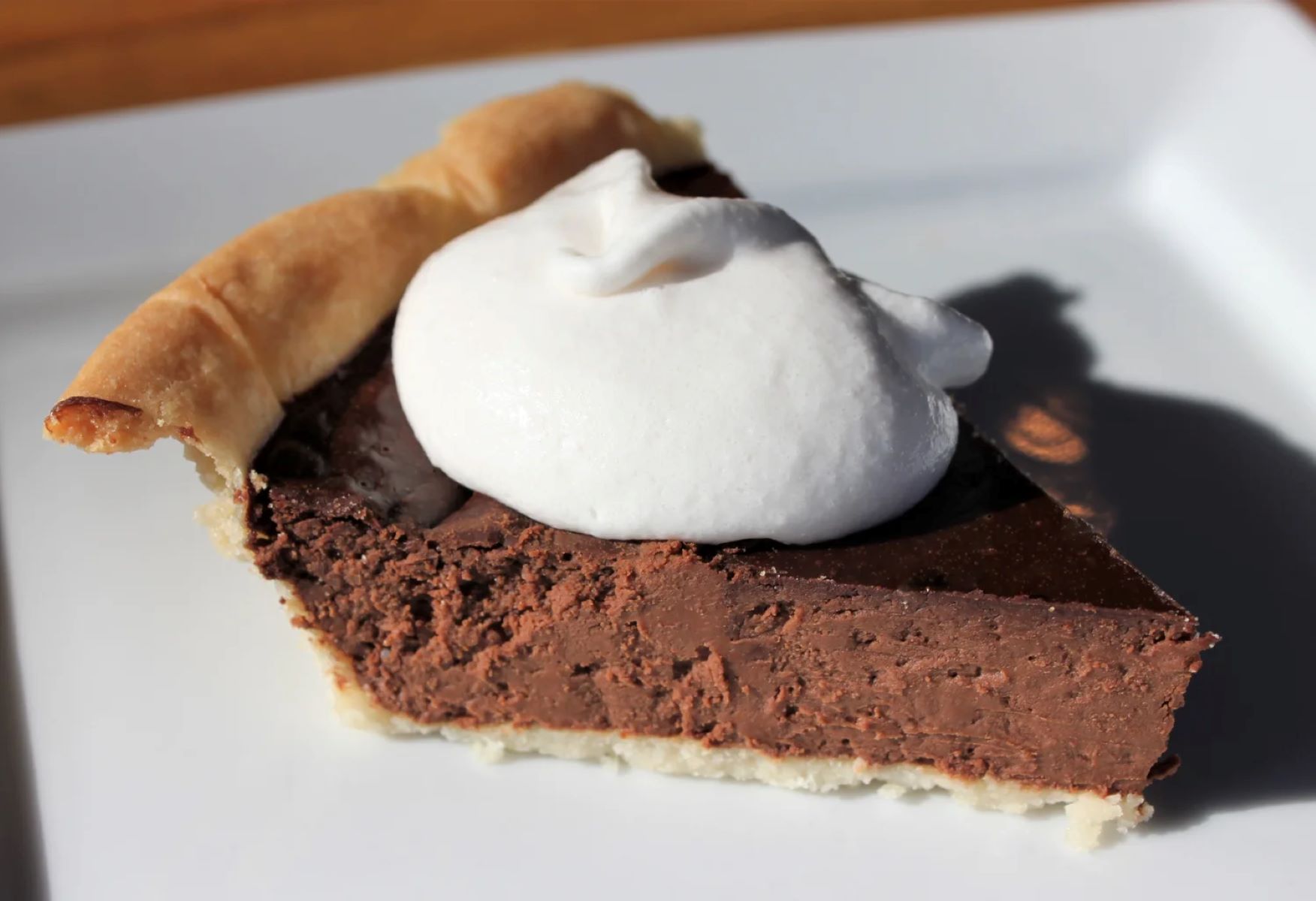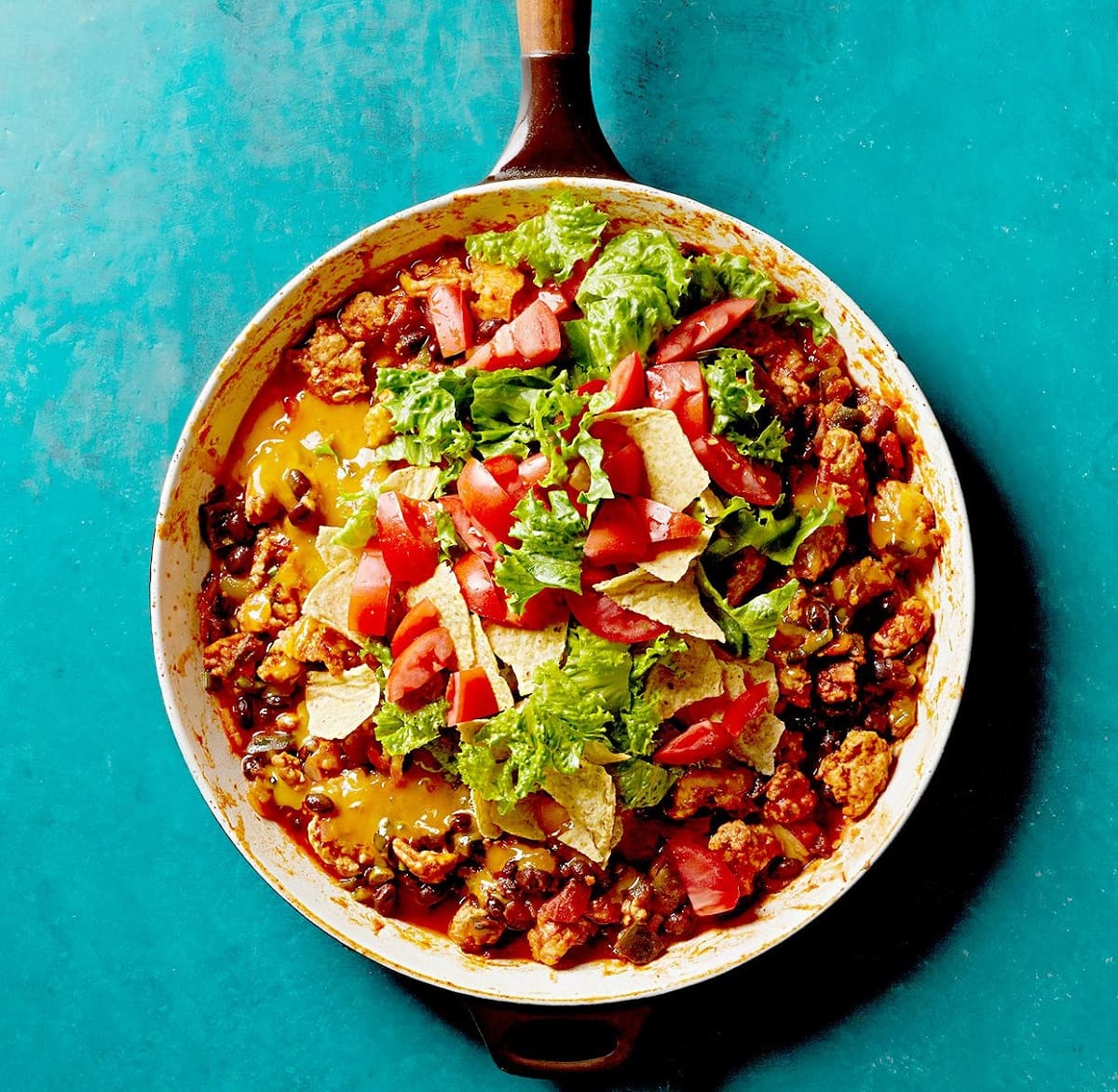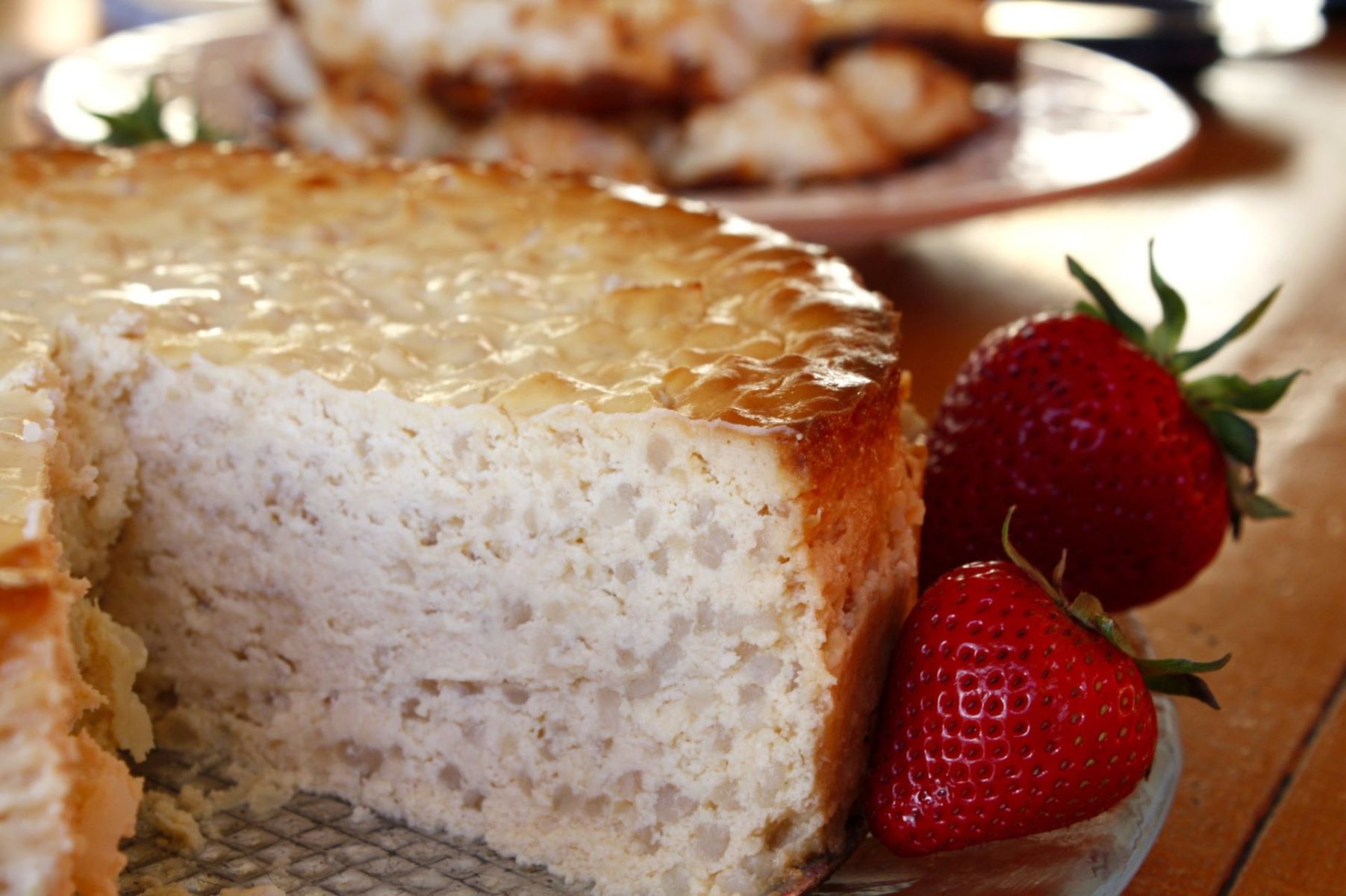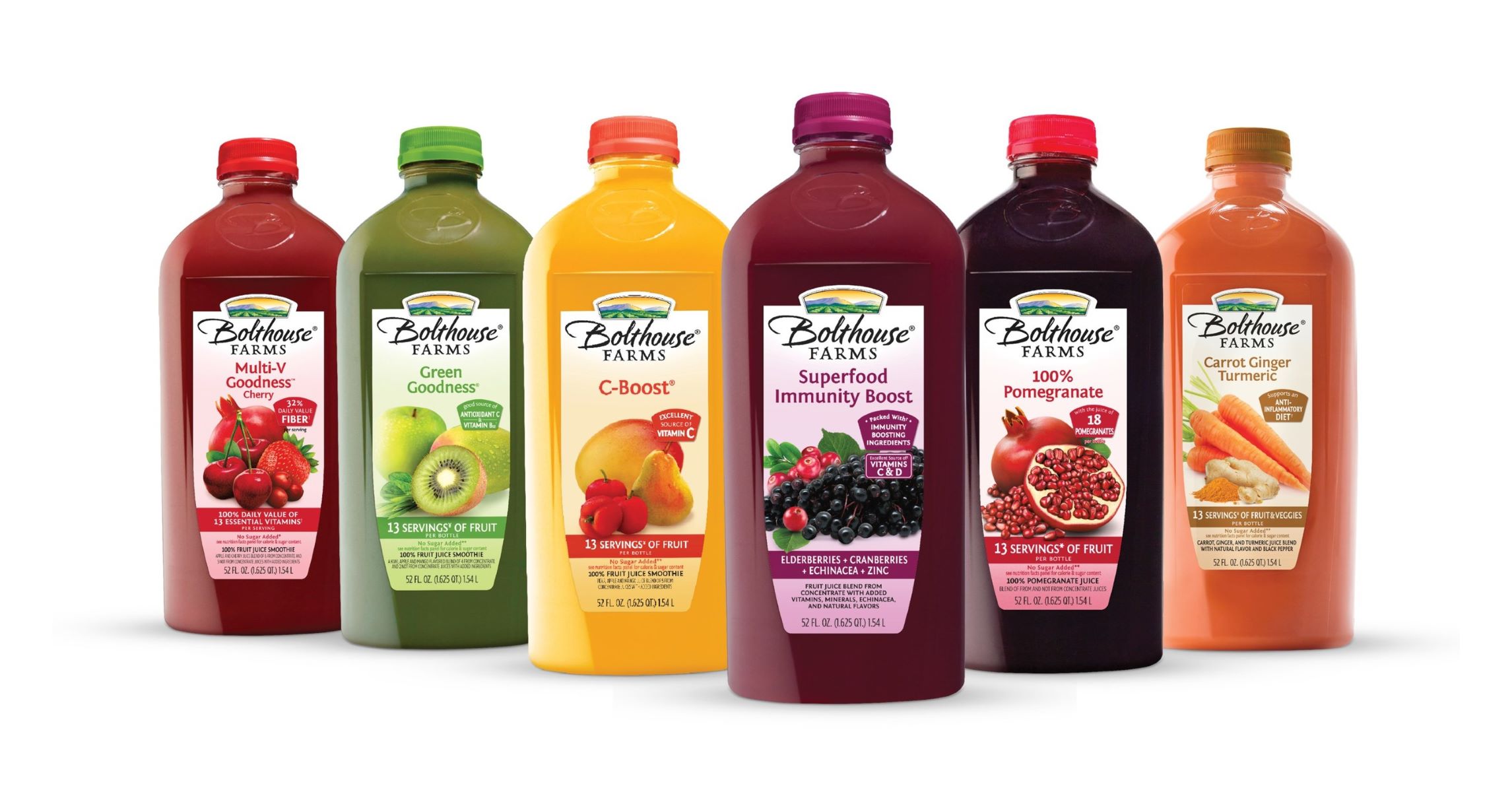Home>Eating>Rhubarb: Beyond Pie – Exploring Its Health Benefits
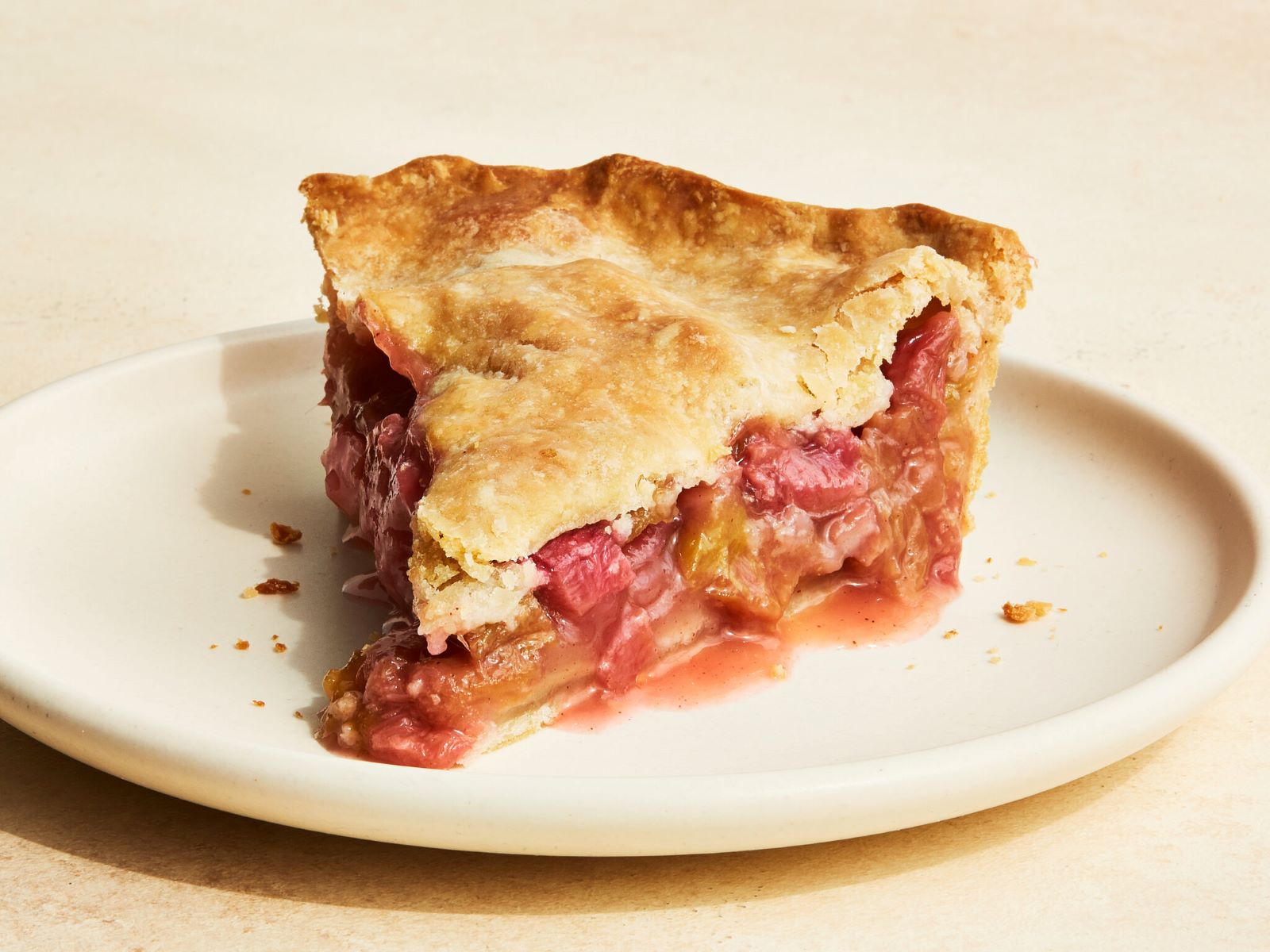

Eating
Rhubarb: Beyond Pie – Exploring Its Health Benefits
Published: February 15, 2024
Discover the many health benefits of eating rhubarb beyond its traditional use in pies. Learn how incorporating rhubarb into your diet can support your overall well-being.
(Many of the links in this article redirect to a specific reviewed product. Your purchase of these products through affiliate links helps to generate commission for Simplelivingeating.com, at no extra cost. Learn more)
Table of Contents
Introduction
Rhubarb, often celebrated for its starring role in delectable pies and desserts, is a versatile vegetable that offers a myriad of health benefits beyond its culinary uses. This vibrant plant, with its long, celery-like stalks and large, fan-like leaves, has been cherished for centuries for its unique flavor and impressive nutritional profile. While commonly associated with sweet treats, rhubarb's potential as a health-promoting ingredient is often overlooked. In this article, we will delve into the lesser-known aspects of rhubarb, exploring its remarkable nutritional content and the array of health benefits it offers. Additionally, we will discuss potential risks and precautions associated with its consumption, as well as creative ways to incorporate this nutritious vegetable into your diet.
Rhubarb's distinct tartness and vibrant color make it a standout ingredient in both sweet and savory dishes. However, its nutritional value extends far beyond its flavor profile. Rich in essential vitamins, minerals, and beneficial compounds, rhubarb has earned its status as a nutritional powerhouse. From supporting digestive health to providing a generous dose of antioxidants, rhubarb boasts an impressive array of health-promoting properties. As we embark on this exploration of rhubarb's potential, we will uncover the numerous ways in which this versatile vegetable can contribute to overall well-being.
As we journey through the nutritional profile, health benefits, and culinary possibilities of rhubarb, it becomes evident that this unsung hero of the vegetable world has much to offer. By shedding light on the lesser-known aspects of rhubarb, we aim to inspire a newfound appreciation for this remarkable plant and encourage its inclusion in a balanced and health-conscious diet. Join us as we venture beyond the realm of traditional rhubarb pies and discover the diverse and impactful ways in which this humble vegetable can contribute to a healthier lifestyle.
Read more: Health Benefits Of Swiss Chard With Golden Raisins: A Nutritious And Delicious Combination
Nutritional Profile of Rhubarb
Rhubarb, often mistaken for a fruit due to its frequent use in sweet dishes, is actually a vegetable with an impressive nutritional profile. This vibrant plant is low in calories but high in essential nutrients, making it a valuable addition to a balanced diet. One cup of diced rhubarb (approximately 122 grams) contains a mere 26 calories, making it an excellent choice for those seeking to manage their caloric intake while reaping the benefits of vital nutrients.
Rhubarb is a notable source of vitamin K, providing about 35% of the recommended daily intake in a single cup. Vitamin K plays a crucial role in blood clotting and bone health, making rhubarb a valuable asset in supporting these essential bodily functions. Additionally, rhubarb offers a substantial dose of vitamin C, with one cup delivering approximately 14% of the recommended daily intake. Vitamin C is renowned for its immune-boosting properties and its role in collagen synthesis, contributing to healthy skin and connective tissues.
Furthermore, rhubarb is a good source of calcium and potassium, essential minerals that play key roles in maintaining bone health and regulating blood pressure, respectively. With approximately 10% of the recommended daily intake of calcium and 9% of potassium in a single cup, rhubarb contributes to the overall mineral balance necessary for optimal bodily function.
In addition to vitamins and minerals, rhubarb contains dietary fiber, which is beneficial for digestive health and promoting feelings of fullness. A one-cup serving of rhubarb provides around 2 grams of dietary fiber, aiding in digestion and potentially contributing to weight management.
Rhubarb also contains small amounts of other essential nutrients, including vitamin A, B vitamins, and trace elements such as manganese and magnesium. These nutrients collectively support various bodily functions, from vision and energy metabolism to antioxidant defense and bone health.
In summary, rhubarb's nutritional profile showcases its status as a nutrient-dense vegetable, offering an array of essential vitamins, minerals, and dietary fiber. Incorporating this versatile ingredient into your diet can contribute to meeting daily nutrient requirements while adding a burst of flavor and color to your meals.
Health Benefits of Rhubarb
Rhubarb, often overshadowed by its dessert-friendly reputation, boasts an array of health benefits that extend far beyond its delightful flavor. This vibrant vegetable offers a wealth of nutrients and bioactive compounds that contribute to overall well-being. Let's explore the remarkable health benefits of rhubarb:
1. Digestive Health Support
Rhubarb is rich in dietary fiber, with a one-cup serving providing approximately 2 grams of this essential nutrient. Dietary fiber plays a pivotal role in promoting healthy digestion by aiding in regular bowel movements and supporting gut health. Additionally, the fiber content in rhubarb may contribute to a feeling of fullness, potentially assisting in weight management and overall digestive comfort.
2. Antioxidant Properties
Rhubarb contains significant levels of vitamin C, an antioxidant known for its role in combating oxidative stress and supporting immune function. The presence of vitamin C in rhubarb contributes to its potential in protecting cells from damage caused by free radicals, thereby promoting overall health and well-being.
3. Bone Health Promotion
With its notable content of vitamin K and calcium, rhubarb plays a valuable role in supporting bone health. Vitamin K is essential for bone mineralization and blood clotting, while calcium is a key component of bone structure. The combination of these nutrients in rhubarb underscores its potential in promoting skeletal health and reducing the risk of bone-related conditions.
4. Heart Health Benefits
Potassium, another essential mineral found in rhubarb, is known for its role in regulating blood pressure and supporting cardiovascular health. Consuming foods rich in potassium, such as rhubarb, may contribute to maintaining healthy blood pressure levels and reducing the risk of cardiovascular issues.
5. Nutrient Density
Rhubarb's impressive nutritional profile, encompassing vitamins, minerals, and beneficial compounds, positions it as a nutrient-dense addition to a balanced diet. By incorporating rhubarb into meals, individuals can benefit from a diverse array of essential nutrients that support various bodily functions and contribute to overall health and vitality.
Incorporating rhubarb into your diet can be a flavorful and health-conscious choice, offering a range of potential benefits that extend beyond its culinary appeal. Whether enjoyed in a savory dish or as a delightful addition to a dessert, rhubarb stands as a versatile and nutritious ingredient that can contribute to a well-rounded and health-supportive diet.
Potential Risks and Precautions
While rhubarb offers an array of health benefits and culinary versatility, it is important to be mindful of potential risks and precautions associated with its consumption. Despite its nutritional value, certain elements of rhubarb warrant consideration to ensure its safe and beneficial incorporation into a balanced diet.
One notable aspect of rhubarb that requires attention is its oxalic acid content. Oxalic acid, a naturally occurring compound found in many plants, including rhubarb, can bind with calcium in the body, potentially forming oxalate crystals. These crystals may contribute to the development of kidney stones in susceptible individuals. As such, individuals with a history of kidney stones or those prone to oxalate-related issues should exercise caution when consuming rhubarb, particularly in large quantities.
Furthermore, the leaves of the rhubarb plant contain higher concentrations of oxalic acid compared to the stalks. It is crucial to emphasize that rhubarb leaves should never be ingested, as they can be toxic and pose serious health risks. The consumption of rhubarb leaves can lead to symptoms of poisoning, including nausea, vomiting, and abdominal pain, and in severe cases, may even result in respiratory and cardiovascular complications. Therefore, it is imperative to exercise extreme caution and ensure that only the edible stalks of rhubarb are utilized in culinary preparations.
Additionally, individuals taking certain medications, particularly blood thinners such as warfarin, should be mindful of their rhubarb consumption. The high vitamin K content in rhubarb may interfere with the anticoagulant effects of such medications, potentially impacting blood clotting and necessitating adjustments in medication dosage. It is advisable for individuals on specific medications to consult with a healthcare professional to determine the suitability of incorporating rhubarb into their diet and to ensure that any potential interactions are carefully managed.
In light of these considerations, it is essential to approach the consumption of rhubarb thoughtfully, particularly for individuals with specific health conditions or dietary restrictions. By being aware of the potential risks associated with rhubarb and taking necessary precautions, individuals can enjoy its benefits while safeguarding their well-being.
In summary, while rhubarb offers a wealth of nutritional value and health benefits, it is crucial to be mindful of potential risks, particularly related to oxalic acid content and interactions with certain medications. By exercising caution and seeking guidance when necessary, individuals can savor the advantages of rhubarb while prioritizing their health and well-being.
How to Incorporate Rhubarb into Your Diet
Incorporating rhubarb into your diet can introduce a delightful burst of flavor and a wealth of nutrients to your meals. While rhubarb is commonly associated with sweet treats, such as pies and crumbles, its versatility extends to a wide range of culinary applications. Here are several creative and health-conscious ways to enjoy the unique qualities of rhubarb:
-
Sweet and Tangy Compote: Simmer diced rhubarb with a touch of sweetener, such as honey or maple syrup, and a hint of citrus zest to create a vibrant compote. This versatile condiment can be enjoyed as a topping for yogurt, oatmeal, or pancakes, adding a delightful balance of sweetness and tanginess to your breakfast or snack.
-
Savory Salsas and Chutneys: Combine finely chopped rhubarb with ingredients like red onion, jalapeño, and cilantro to craft a zesty salsa with a refreshing twist. Alternatively, simmer rhubarb with vinegar, spices, and dried fruits to create a flavorful chutney that pairs beautifully with grilled meats or roasted vegetables.
-
Stir-Fries and Grain Bowls: Add sliced rhubarb to stir-fries for a pop of color and a pleasantly tart note that complements savory flavors. Incorporate cooked rhubarb into grain bowls, alongside ingredients like quinoa, roasted vegetables, and protein of your choice, for a nourishing and vibrant meal.
-
Refreshing Beverages: Infuse beverages with the bright flavor of rhubarb by creating a homemade rhubarb syrup. This syrup can be used to sweeten and flavor cocktails, mocktails, or sparkling water, offering a refreshing and unique twist to your drinks.
-
Baked Goods with a Twist: Explore beyond traditional desserts by incorporating rhubarb into baked goods such as muffins, scones, and quick breads. The tartness of rhubarb adds a delightful contrast to the sweetness of baked treats, creating a memorable and flavorful experience.
-
Grilled or Roasted: Experiment with grilling or roasting rhubarb to enhance its natural flavors. The heat caramelizes the sugars in the rhubarb, resulting in a delightful balance of sweetness and tartness that can elevate salads, side dishes, or even serve as a topping for grilled proteins.
By embracing these innovative approaches, you can harness the unique qualities of rhubarb to elevate your culinary creations and infuse your meals with a burst of vibrant flavor. Whether incorporated into sweet or savory dishes, rhubarb stands as a versatile and health-conscious ingredient that can enrich your diet with its distinct character and nutritional benefits.
Conclusion
In conclusion, rhubarb, often celebrated for its role in delectable desserts, emerges as a remarkable vegetable with a wealth of health benefits and culinary versatility. Beyond its vibrant color and distinct tartness, rhubarb offers a nutritional profile that positions it as a valuable addition to a balanced diet. With notable levels of essential vitamins, minerals, and dietary fiber, rhubarb contributes to overall well-being while adding a burst of flavor and color to meals.
The exploration of rhubarb's health benefits reveals its potential to support digestive health, provide antioxidant protection, promote bone health, and contribute to heart health. Its nutrient density and diverse array of beneficial compounds underscore its role as a nutrient-dense ingredient that can enhance the nutritional quality of meals. By incorporating rhubarb into various culinary creations, individuals can savor its unique qualities while reaping the rewards of its health-promoting properties.
However, it is crucial to approach the consumption of rhubarb with awareness of potential risks and precautions. The oxalic acid content in rhubarb warrants caution, particularly for individuals with a history of kidney stones or oxalate-related issues. Additionally, the toxicity of rhubarb leaves emphasizes the importance of utilizing only the edible stalks in culinary preparations. By being mindful of these considerations and seeking guidance when necessary, individuals can enjoy the benefits of rhubarb while prioritizing their well-being.
The creative and health-conscious ways to incorporate rhubarb into the diet offer a myriad of opportunities to infuse meals with its vibrant flavor and nutritional benefits. From sweet and tangy compotes to savory salsas, refreshing beverages, and innovative uses in baked goods and main dishes, rhubarb presents a world of culinary possibilities that can elevate the dining experience and contribute to a well-rounded and nourishing diet.
In essence, rhubarb transcends its traditional association with desserts, emerging as a versatile and nutrient-rich vegetable that has much to offer in promoting overall health and enhancing culinary creations. By embracing the diverse potential of rhubarb and approaching its consumption with mindfulness, individuals can embark on a journey of culinary exploration and well-being, savoring the unique qualities and benefits of this unsung hero of the vegetable world.



